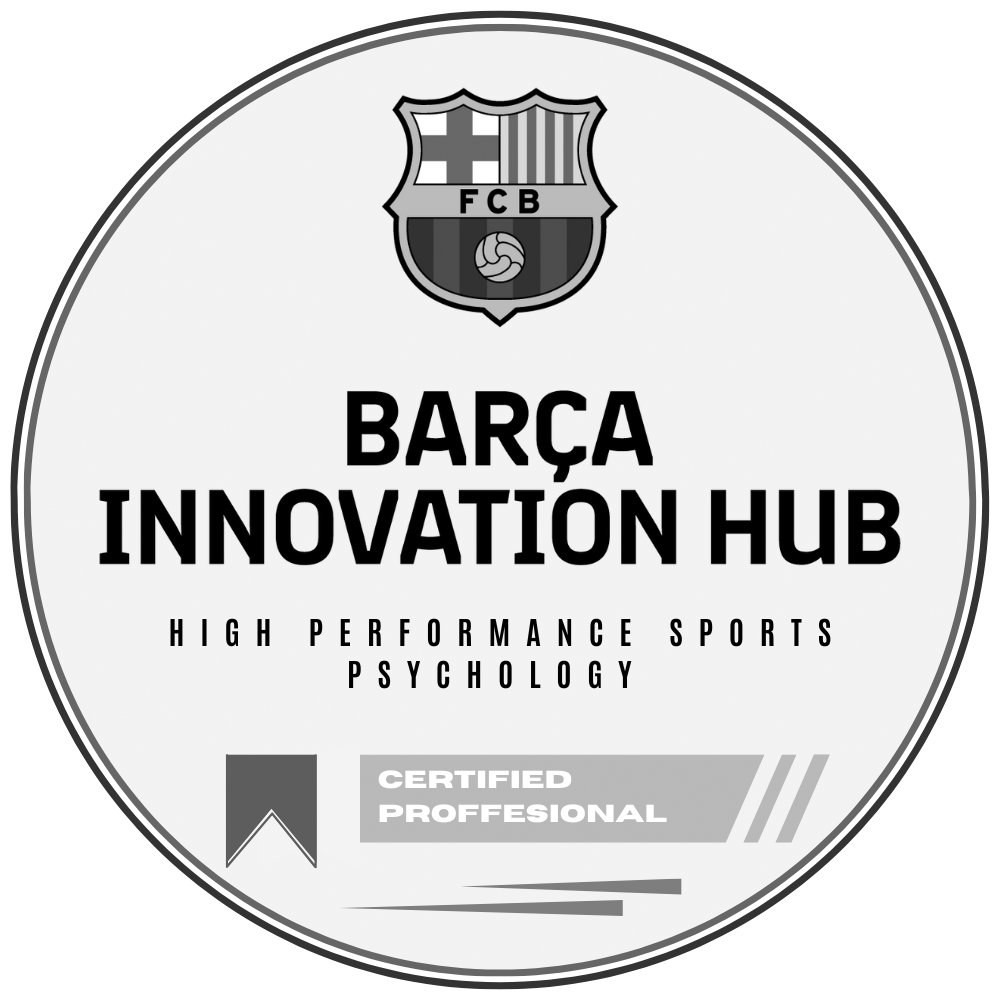Close your eyes.
Now imagine you’re gone. Not in five years. Not after a long goodbye tour.
Gone today. Right now.
No warning. No final instructions. No “one last thing.”
What happens? Who panics? What breaks? What keeps going?
This is the Death Drill. Uncomfortable by design. But one of the fastest waysI know to cut through the noise and get to the truth.
Because when you are no longer around to explain, direct, reassure, or fix, what is left is your real legacy. Not the words you said. Not the mission statement on the wall. The systems. The relationships. The trust. Or the lack of it.
When It’s Not a Drill
And sometimes, this isn’t just an exercise on paper. Sometimes it’s real.
A few years ago, a friend of mine died of a massive heart attack. He was just 40. Fit, driven, seemingly unstoppable. A successful project developer with so much still ahead of him. The kind of person you assume has decades left.
It was what doctors call "the widow maker." Sudden. Total. Final.
He left behind a grieving wife and two beautiful young children.
No one was ready.Not at home. Not at work. His business partners were in shock. His family was completely unprepared.Even those closest to him didn’t know how things were set up, or what came next.
I think of him often when I do this exercise with clients. Because sometimes, it is not a drill. It is life. And the cost of being unprepared is paid by the people we love most.
What Shows Up When You Don’t
I often use this exercise with founders, CEOs, and family business leaders. The insights are often raw.
· No one knows where I keep the real numbers.
· My son would be devastated. I have never really let him in.
· My team is talented but paralyzed.They still look to me for every call.
· Honestly? The business might be fine.But the family? That is where the rupture would be.
The drill works because it reveals where we are still holding on too tightly. It shows where we have not allowed others to step up. It surfaces the unspoken dependencies. Not just operational, but emotional.
Legacy Is Not Later
This is not about death. It is about leadership.
It is about whether your presence creates capacity, or whether it covers forthe fact that no one else has it.
If your absence would create chaos, that is worth paying attention to.
If your team would not flinch, that is worth celebrating. Or questioning.
Either way, it gives you something real to work with.
Try It
Take ten quiet minutes. No laptop. No audience.
Write this at the top of a blank page:
“I am dead. What happens now?”
Do not overthink it.Just let it come out.
Then ask:
Who feels the loss?
Who finds their voice?
What falls apart?
What carries on, maybe even better?
Some of the answers may sting. That is where the work lives.
What Is Yours to Do
The Death Drill is not morbid. It is clarifying.
It reminds us that we do not lead forever. Leadership is not measured when you are at the table. It’s revealed when you’re no longer in the room.
So ask yourself:
If I were gone today, would the people I care about have what they need to keep going and keep growing?
If the answer is no, you still have time to change that.
And you are alive. Which means you still can.



.svg.png)










.png)


